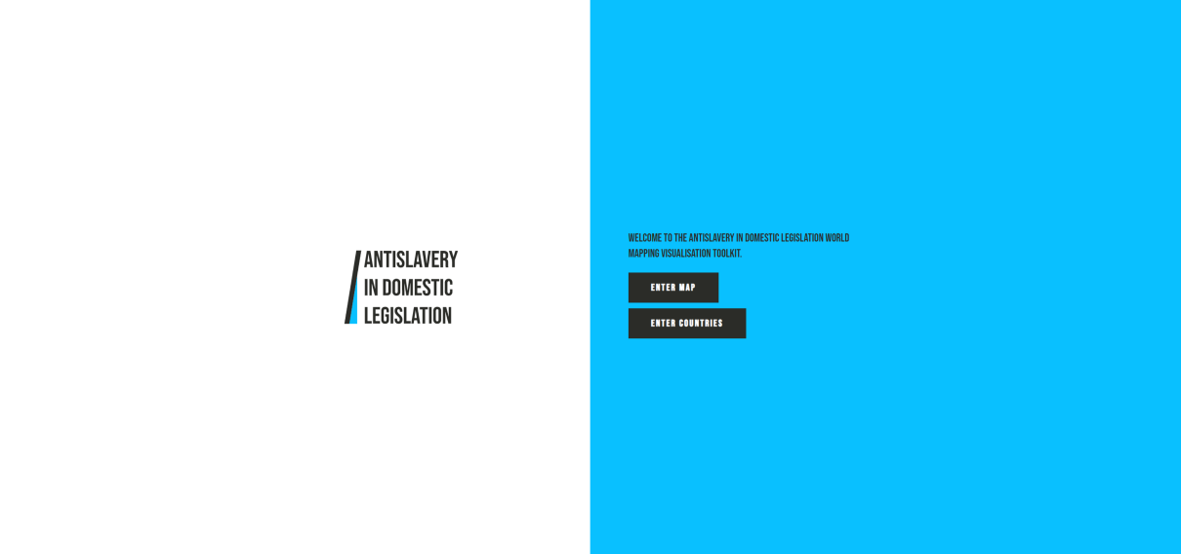Legislation Database

National legislation is central to anti-slavery action. It is domestic law that harnesses State power to combat slavery, provides avenues for victims and survivors to seek redress, enables the prosecution and punishment of perpetrators, and embeds the global normative framework denouncing slavery in local contexts. The past twenty years have seen a proliferation of laws combatting human trafficking. But several questions remain.
How do these various approaches fit together?
Extreme forms of human exploitation and trafficking are addressed in a variety of different ways, and through different legislative strategies. Some provisions are expressed in constitutional and human rights law, while others are found in criminal, labour, and specialist legislation. In different national contexts, different elements of the legal and governance system are brought to bear to combat exploitation and trafficking, including supra-national frameworks such as regional human rights bodies and courts.
Do they effectively address slavery itself? What about other forms of exploitation?
While many States have enacted anti-trafficking laws in recent decades, relatively little has been said about national attempts to address the full spectrum of extreme forms of human exploitation, and the interactions between the different practices. The relationship between States’ international obligations with regard to the practices that fall within the umbrella category of modern slavery, and their domestic legislation in this space are not yet understood from a global perspective.
What does best practice in legislating against slavery look like?
Countries that speak the loudest in their anti-slavery or anti-trafficking efforts are often the most visible. Yet, it cannot be presumed that the practice of these countries is reflective of the best possible approach simply by virtue of their prominence in global discourse. Nor can we assume that these practices translate cleanly into other contexts. Understanding best practice requires both a recognition of varying contexts, and of the full range of approaches that have been considered and adopted.
What are the gaps in legal provision?
If legislative frameworks globally were fulfilling States’ international commitments and obligations with regard to the eradication of slavery, the practice would have become marginal. However, millions of people around the world continue to experience conditions of modern slavery every year. This is not only a result of failures in implementation and limitations of government capacity, but also of ineffective or insufficient legislative frameworks.
Without a systematic and comparative review of the legal frameworks in place, these questions cannot be answered accurately. The compilation of domestic legislation prohibiting and criminalising slavery, servitude, forced labour, and human trafficking contained in the Antislavery in Domestic Legislation Database begins to close the knowledge gap on global legislative approaches to combatting modern slavery. The data contained in the database represents only the starting point for the analysis of domestic legislation globally, but also an important step forward.
On 12th February 2020, we launched an online platform hosting this data and preliminary analysis of its contents. The platform visualises the global comparative dimensions of antislavery legislation and place specific provisions in their broader legislative context. The Antislavery in Domestic Legislation platform enriches the global evidence base for combatting slavery and related forms of exploitation, providing a touchstone for more effective advocacy and reform.
Back to the top